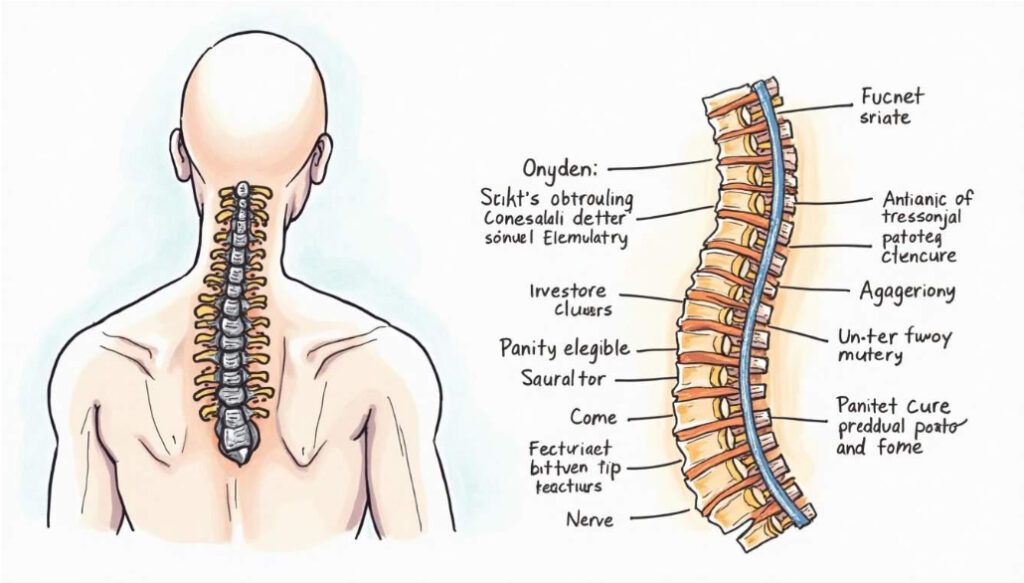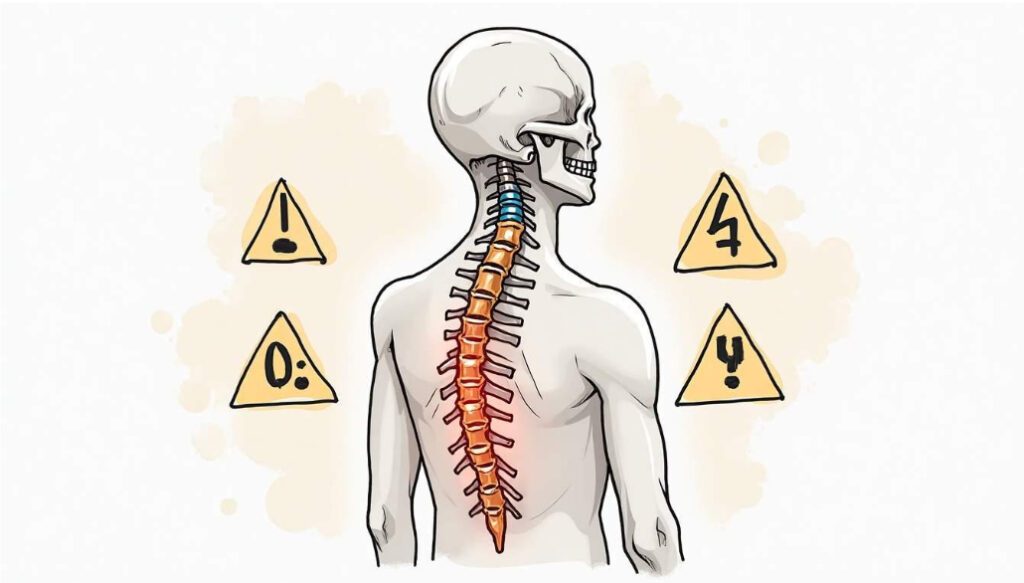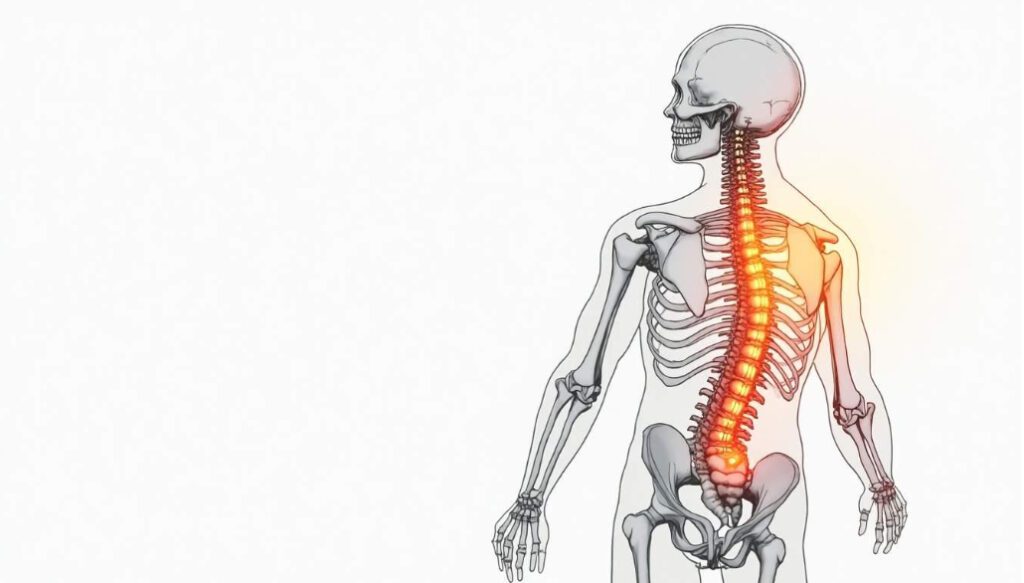Discover the transformative potential of spinal cord stimulators in managing chronic pain.
Chronic pain can significantly impact your quality of life, making daily activities challenging and often unbearable. For many individuals, traditional pain management techniques may not provide sufficient relief. In such cases, a spinal cord stimulator (SCS) can be a viable option. This article explores how a spinal cord stimulator can help alleviate chronic pain and improve overall well-being.
Understanding Spinal Cord Stimulators
A spinal cord stimulator is a medical device designed to manage chronic pain by sending electrical impulses to the spinal cord. These impulses interfere with the nerve signals that transmit pain to the brain, effectively masking the sensation of pain. The device consists of a pulse generator, electrodes, and a battery, which can be implanted under the skin in the lower back or abdomen.


Spinal cord stimulators are typically used for conditions such as failed back surgery syndrome, complex regional pain syndrome, and neuropathic pain. They are often considered when other treatments, such as medications or physical therapy, have failed to provide adequate relief.
How Does a Spinal Cord Stimulator Work?
The primary mechanism of a spinal cord stimulator involves the modulation of pain signals. When the device is activated, it sends electrical impulses through the electrodes placed near the spinal cord. These impulses stimulate the spinal cord’s dorsal columns, which are responsible for transmitting sensory information, including pain.
By stimulating these pathways, the spinal cord stimulator can alter the way pain signals are processed, effectively reducing the perception of pain. Many patients report a tingling sensation, known as paresthesia, in the area of pain, which can help mask the discomfort they experience.
Types of Spinal Cord Stimulators
There are several types of spinal cord stimulators available, each designed to cater to different patient needs. The most common types include:
- Conventional Spinal Cord Stimulators: These devices provide a constant electrical stimulation to the spinal cord, helping to alleviate pain.
- Burst Spinal Cord Stimulators: These deliver short bursts of stimulation, mimicking the body’s natural pain relief mechanisms.
- High-Frequency Spinal Cord Stimulators: These use high-frequency stimulation to block pain signals without producing the tingling sensation.
Benefits of Using a Spinal Cord Stimulator
Choosing to use a spinal cord stimulator can offer numerous benefits for individuals suffering from chronic pain. Understanding these advantages can help you make an informed decision about your pain management options.
Effective Pain Relief
One of the primary benefits of spinal cord stimulators is their ability to provide significant pain relief. Many patients experience a reduction in pain levels, allowing them to engage in daily activities that were previously difficult or impossible. This relief can lead to improved physical function and a better quality of life.
Studies have shown that spinal cord stimulators can reduce pain by up to 70% in some patients, making them a highly effective option for those with chronic pain conditions.
Reduced Dependence on Medications
Chronic pain often leads to the long-term use of pain medications, which can come with a host of side effects and the risk of dependency. A spinal cord stimulator can help reduce the need for these medications, allowing patients to manage their pain more effectively and safely.
By decreasing reliance on opioids and other pain medications, patients can minimize the risk of side effects, including constipation, nausea, and drowsiness, while also avoiding the potential for addiction.
Improved Quality of Life
With effective pain management, many patients experience a significant improvement in their overall quality of life. Reduced pain levels can lead to increased mobility, better sleep, and enhanced emotional well-being. Patients often report feeling more energetic and engaged in their daily lives, allowing them to participate in activities they once enjoyed.
Additionally, improved quality of life can have a positive impact on mental health, reducing feelings of depression and anxiety that often accompany chronic pain conditions.
Eligibility for Spinal Cord Stimulator Therapy
Not everyone is a candidate for spinal cord stimulator therapy. Several factors are considered when determining eligibility, including the type and severity of pain, previous treatments, and overall health. A thorough evaluation by a healthcare professional is essential to determine if this treatment is appropriate for you.


Medical Evaluation Process
The evaluation process typically begins with a comprehensive medical history and physical examination. Your healthcare provider will assess your pain levels, medical history, and any previous treatments you have undergone. Imaging studies, such as X-rays or MRIs, may also be conducted to identify any underlying conditions contributing to your pain.
Once the evaluation is complete, your healthcare provider will discuss the potential benefits and risks of spinal cord stimulator therapy, helping you make an informed decision about your treatment options.
Trial Period
Before committing to a permanent spinal cord stimulator implant, many healthcare providers recommend a trial period. During this trial, a temporary spinal cord stimulator is implanted to assess its effectiveness in managing your pain.
The trial period typically lasts about one week, during which you will monitor your pain levels and overall response to the device. If the trial is successful and you experience significant pain relief, a permanent spinal cord stimulator can be implanted.
Potential Risks and Considerations
While spinal cord stimulators can offer significant benefits, it is essential to be aware of the potential risks and complications associated with the procedure. Understanding these risks can help you make an informed decision about your treatment options.


Long-Term Considerations
Long-term use of a spinal cord stimulator may require regular follow-ups with your healthcare provider to monitor its effectiveness and make any necessary adjustments. Additionally, lifestyle changes, such as weight management and physical activity, can play a crucial role in maximizing the benefits of the device.
It is also essential to maintain open communication with your healthcare provider regarding any changes in your pain levels or overall health, as this can help ensure the best possible outcomes.
Conclusion
A spinal cord stimulator can be a valuable tool for managing chronic pain when traditional treatments have failed. By understanding how the device works, its benefits, and the potential risks, you can make an informed decision with your doctor about whether this treatment option is right for you. If you are struggling with chronic pain, consider discussing spinal cord stimulators with your healthcare provider to explore this innovative approach to pain management.
Disclaimer: The views expressed in this article are the personal views of the author and do not necessarily represent and are not intended to represent the views of the company or its employees. The information contained in this article does not constitute medical advice, nor does reading or accessing this information create a patient-provider relationship. Comments that you post will be shared with all visitors to this page. The comment feature is not governed by HIPAA, and you should not post any of your private health information.







